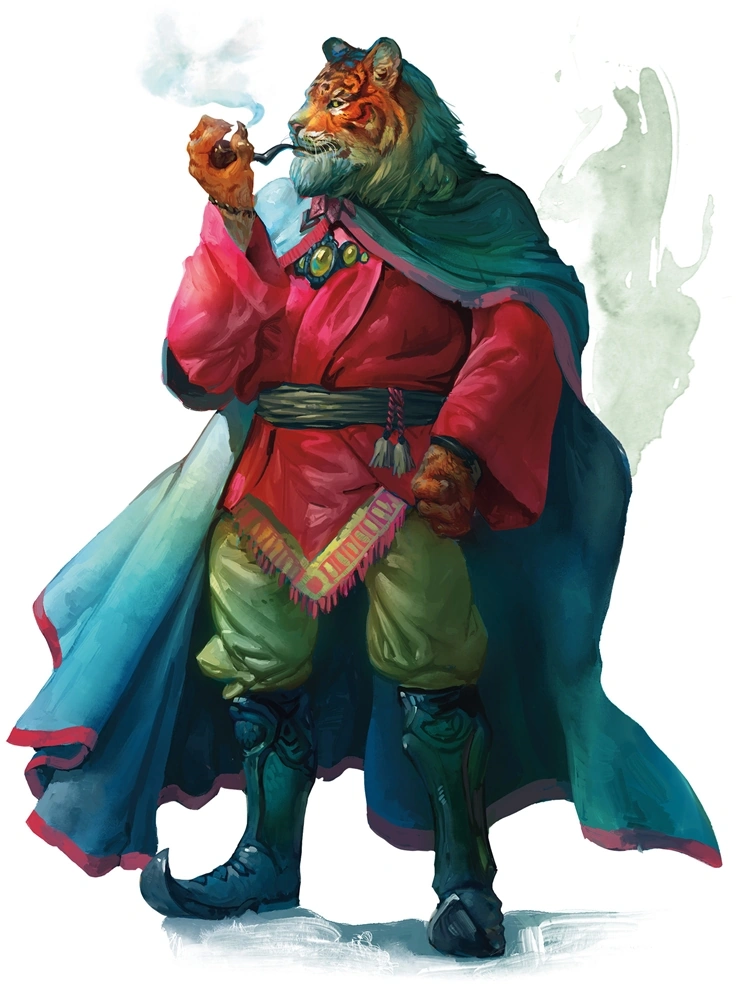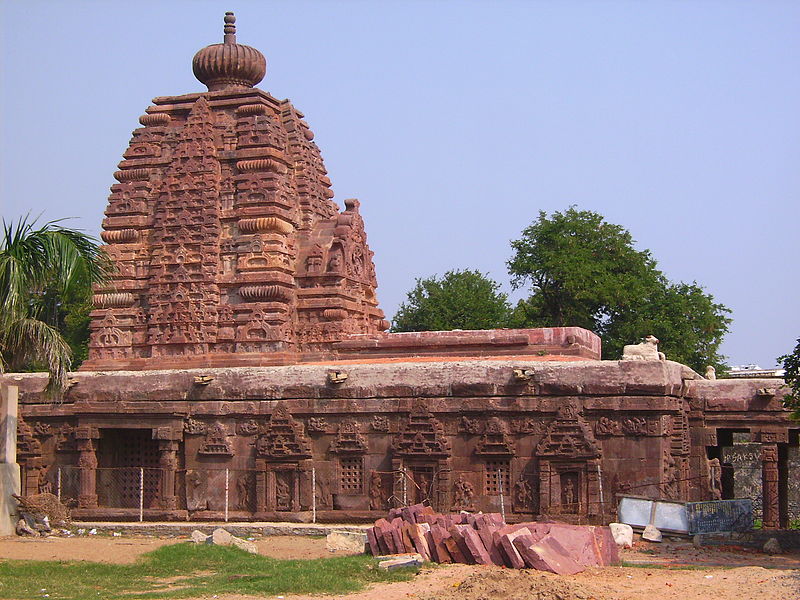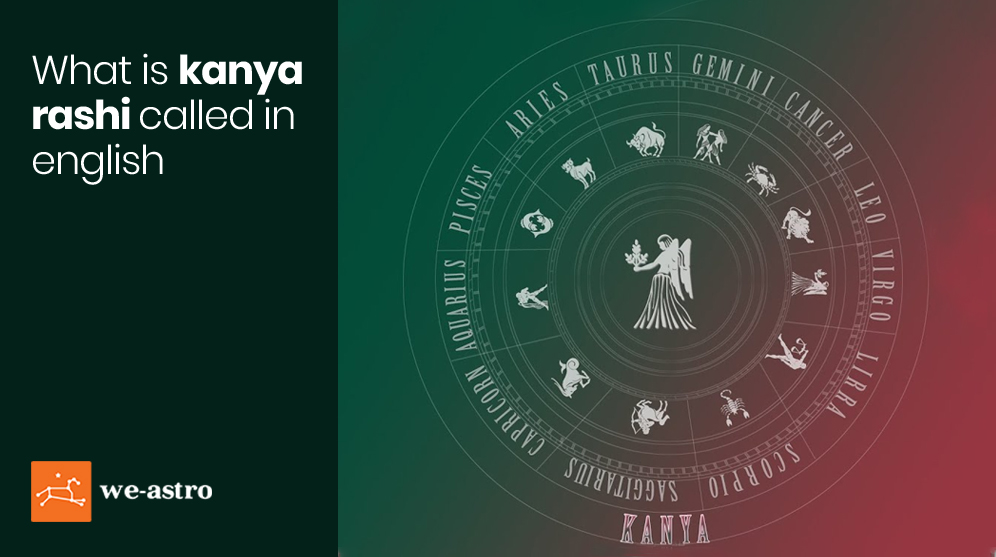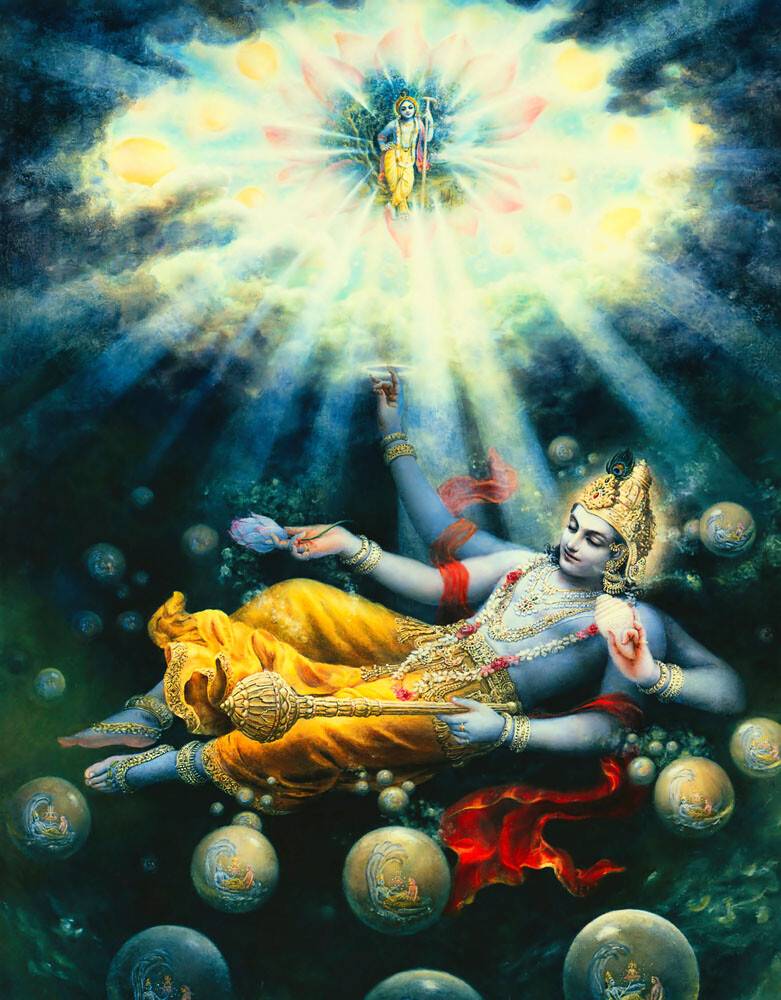Unraveling the Enigma: Rakshasas – The Misunderstood Guardians of Hindu Lore
Discover rakshasa in Hindu mythology: powerful, shape-shifting demons known for their cunning, understand their roles, and explore their spiritual existence.

In Hinduism, myths and legends play a crucial role in shaping the beliefs, rituals, and practices of the religion. One such intriguing aspect of Hindu mythology is the concept of Rakshasa. These supernatural beings are often depicted as fierce, demonic creatures with magical powers that feed on human flesh, and are enemies of gods and humans alike. However, Rakshasas are not just one-dimensional entities; they possess a complex nature, oscillating between good and evil, which makes them a fascinating subject to explore.
Rakshasas originate from various ancient Hindu texts such as the Ramayana, Mahabharata, and Puranas. In these texts, they are either born from the breath of Brahma, the creator god, or from the union of Vishnu's female aspect, Nirriti, with the sage Kashyapa. The term Rakshasa is derived from the Sanskrit word 'raksh,' which means to protect or guard. This etymology hints at the dual nature of Rakshasas, who can be both protectors and destroyers, depending on their individual motivations and actions.
Throughout Hindu mythology, there are numerous instances of Rakshasas acting as formidable adversaries to the gods and heroes. For example, Ravana, the ten-headed king of Lanka, abducted Lord Rama's wife, Sita, leading to one of the most epic battles in Hinduism. Similarly, the demon Hidimba, who terrorized the people of a forest village, was killed by the Pandava prince Bhima. Despite their malevolent tendencies, Rakshasas are not universally evil. Some, like Vibhishana, Ravana's brother, and Ghatotkacha, Bhima's son, have chosen to side with dharma or righteousness, thus highlighting their inherent capacity for goodness.
In contemporary Hinduism, Rakshasas still hold significance and are often invoked during rituals and festivals. The ten-day festival of Dussehra, for instance, celebrates the victory of Lord Rama over Ravana, symbolizing the triumph of good over evil. Similarly, during the Kali Puja, a festival dedicated to the goddess Kali, effigies of Rakshasas are burnt, signifying the destruction of negativity and malevolence. These traditions underline the importance of understanding the duality of Rakshasas and their role in representing the complex web of human morality.
In conclusion, Rakshasas remain an integral part of Hindu mythology, reflecting the multifaceted aspects of human nature and the ongoing struggle between good and evil. By examining these complex beings and their role in various mythological narratives, we can gain a deeper understanding of the core beliefs and values that shape Hinduism.




